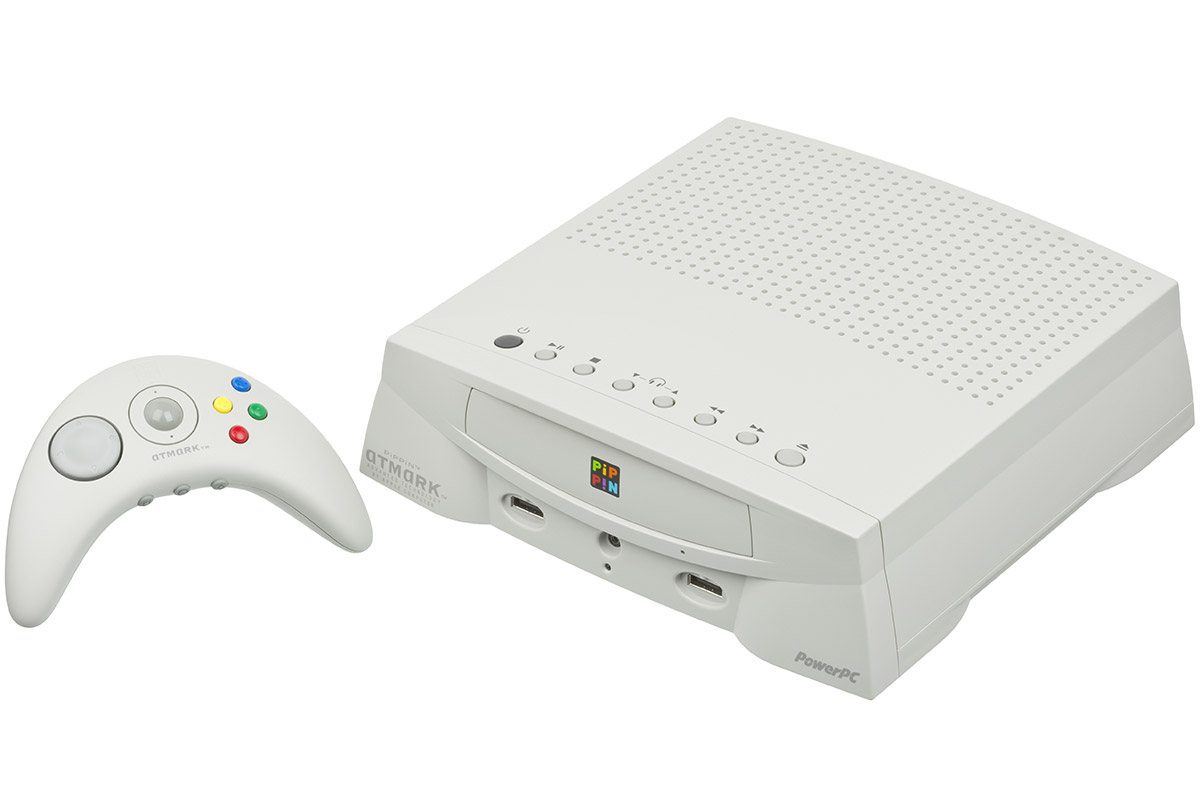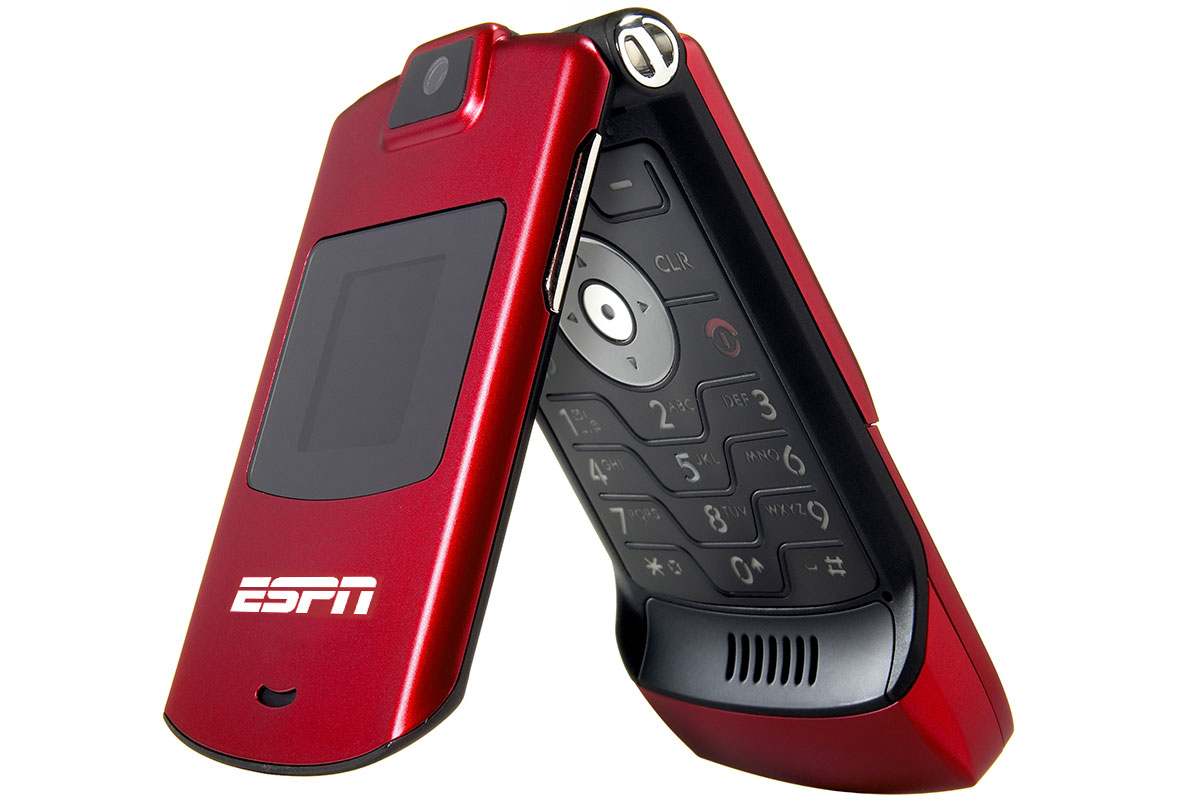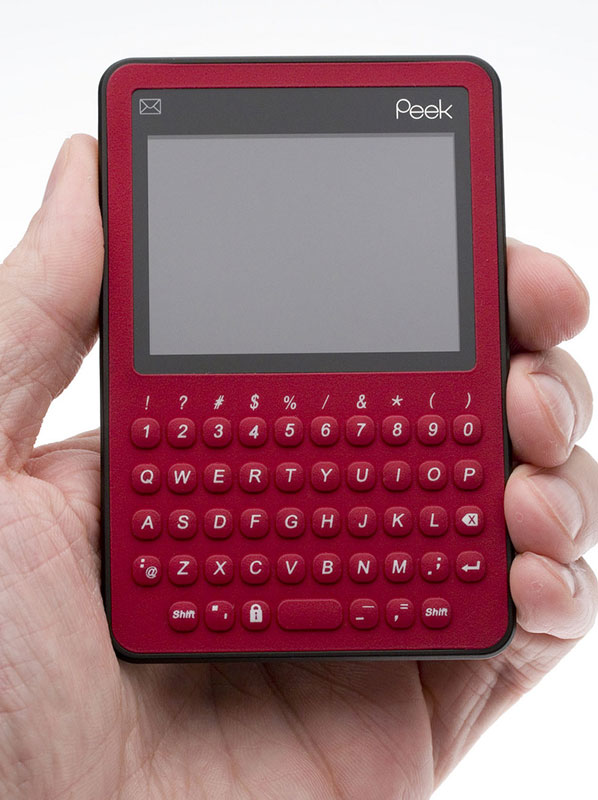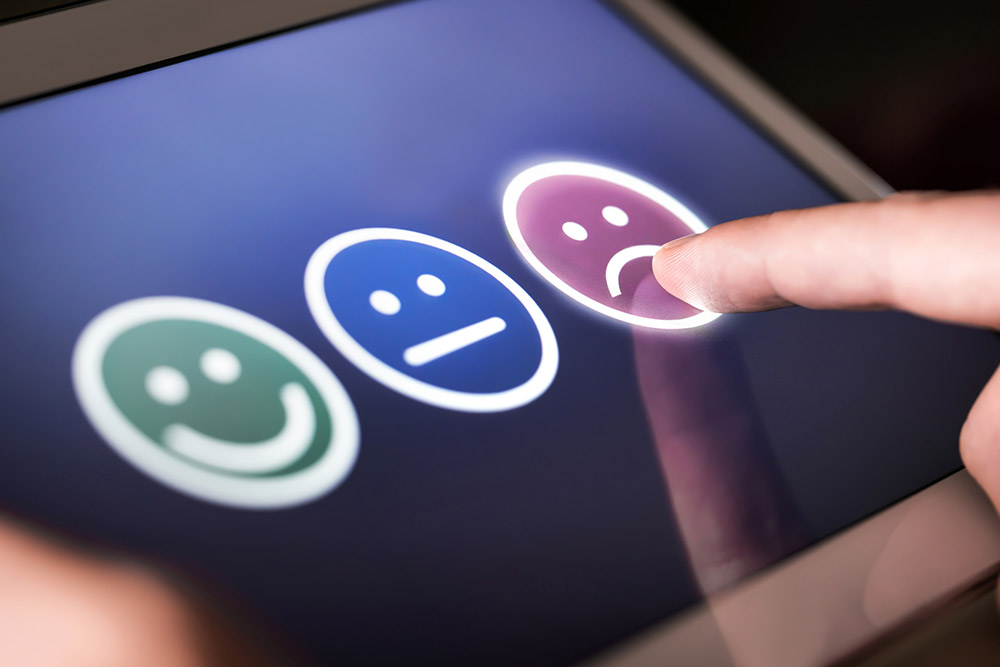When is a good idea not a good idea? When it's a spray on condom!
A touring exhibition is showcasing a collection of some of the biggest failures in modern history. Included are products from household brands such as Coca-Cola, Nokia, Apple and Google.
Here are just a few examples of what you can see in the exhibition, which you can visit in person or take a virtual tour online.
Apple PiPP!N
Not too many will remember Apple’s foray into the console based gaming industry, and we can’t really blame those who have absolutely no recollection of this failed venture.
Back in 1996, before Steve Jobs returned to Apple, the California giant released their own games console to rival Sega, Nintendo, and more recently, Sony’s PlayStation.

Console Wars Flaws
Apple PiPP!N was very powerful by mid-90’s standards, which is what you’d expect from Apple products. It included a built-in dial-up modem and upgradable RAM, for starters. With that came a hefty price tag. The Apple PiPP!N came in at around £500, double the £250 Nintendo were charging for their N64 console.
Apple sold 42,000 units of the PiPP!N in the first year. By contrast, Nintendo sold 300,000 N64 consoles on the FIRST DAY!
It’s worth mentioning the PS5 (2020) has already sold 20 million units to date while the Xbox Series X (2020) continues to keep up on 15 million units sold, although these figures are very promising considering the supply chain problems faced by Sony and Microsoft in the first 12-18 months of release.
Apple’s M-series chip (2020) was developed specifically for use in Apple devices. The M-series chip has opened up Apple devices to the gaming world again and who knows, we may see another Apple console in the future.
Nike Magneto Sunglasses
In the mid-90’s, Nike released a pair of futuristic sunglasses without temples – the bits that go past your temple and behind your ears.
Normally the glasses wouldn’t stay on your face without some kind of support, and this is where Nike tried to reinvent the wheel.
To wear the Magneto sunglasses, you had to glue magnets to your face. Yes, you read that right.

The glued magnets had a clip which the glasses attached to. Leaving you to look so cool, until you unclipped the glasses and were left with magnets glued to your face.
The 90’s was one hell of a decade!
ESPN Phone
In 2006, American sports channel ESPN launched their own mobile phone with a bizarre unique selling point which surely alienated a large chunk of the market.
Looking very much like a Samsung E700, the flip phone aimed to deliver ’24 hours sports news’ to its users by way of low quality video highlights of top sporting events.

Costing over $400 at the time – expensive for a mobile phone back then – it lasted less than 1 year before it was scrapped and rightly submitted into The Museum of Failure.
Apple Brings The Hammer Down
ESPN President at the time, George Bodenheimer, attended the first ever Disney board meeting where he met Steve Jobs. Bodenheimer was quick to showcase the phone to Jobs who had little time for the novelty venture.
Your phone is the dumbest f******g idea I have ever heard
Said Jobs, before walking away.
Apple launched the iPhone 1 year later.
TwitterPeek
Tea Nespresso pods, diet water, subscription-based heated seats (thanks BMW) and people having conversation at the end of a supermarket aisle. These are things the world doesn’t need.
At the very top of that list is TwitterPeek.

In 2008 Twitter released a handheld device which looked like a cross between a Blackberry mobile phone and a scientific calculator, but with none of the features either of those offered. TwitterPeek’s sole purpose was to tweet. Literally. That’s it.
What makes this even worse? The screen only displayed 20 characters at a time, you could only load the 10 most recent tweets, and web links within tweets wouldn’t load as the device didn’t contain a browser.
How TwitterPeek Further Monetised Their Device
Could it get any worse? Yep. TwitterPeek cost $100 to buy and came with 6 months service. If you wanted to use your device beyond its 6-month shelf life, you had to pay $8 per month, or $200 for “lifetime” use.
TwitterPeek V1 devices were disconnected form the network in 2010. We don’t know if their “lifetime” users received a refund.
The Spray-On Condom
Ok, this isn’t technology in the true sense of the word, but it’s too good to leave out. It’s just too funny.
In the mid 00’s a Durex-alternative was released by German inventor, Jan Vinzenz Krause. The spray-on condom, seemingly inspired by a drive-through car wash, was a real moment ruiner.
According to Wikipedia:
“The pen*s was inserted into a chamber where nozzles apply a coat of fast-drying liquid latex.”
How fast is fast-drying?
According to the product instructions, three minutes. What you were expected to do during those three minutes is anyone’s guess. Here is the very definition of a “moment ruiner”.

Other Notable Mentions To The Museum of Failure

New Coke
In the 70’s Pepsi carried out The Pepsi Challenge. The challenge involved blindfolding people as part of market research to see which taste came out on top; Pepsi Cola or Coca-Cola. Pepsi won out and Coca-Cola responded by changing their recipe in the 80’s. It was a flop and they quickly changed back.
Fat Free Pringles
When people started paying more attention to what they were putting in their body, Pringles launched a fat free version of their moreish crisp. This 0% fat version contained an additive called Olestra which the body could not absorb and therefore resulted in stomach cramps and diarrhoea. At least fat free Pringles helped with the sale of more cardboard tubes as households needed to stock up on toilet paper.
Conclusion
It’s fair to say the examples above rightly take their place in The Museum of Failure but we fully support anyone trying to better our way of life through the use of technology.
Some of the examples above did lead on to bigger and better things, for example Apple PiPP!N later became Apple Arcade and may have pushed other consoles to improve their technology.
‘New Coke’ saw a quick return to Coca-Cola with one key difference – cane sugar was replaced with sweetener.
We’re still not sure what good TwitterPeek brought to the world, but it’s OK for something to be a failure. As the saying goes…
“It’s better to have tried and failed, than to have not tried at all”




